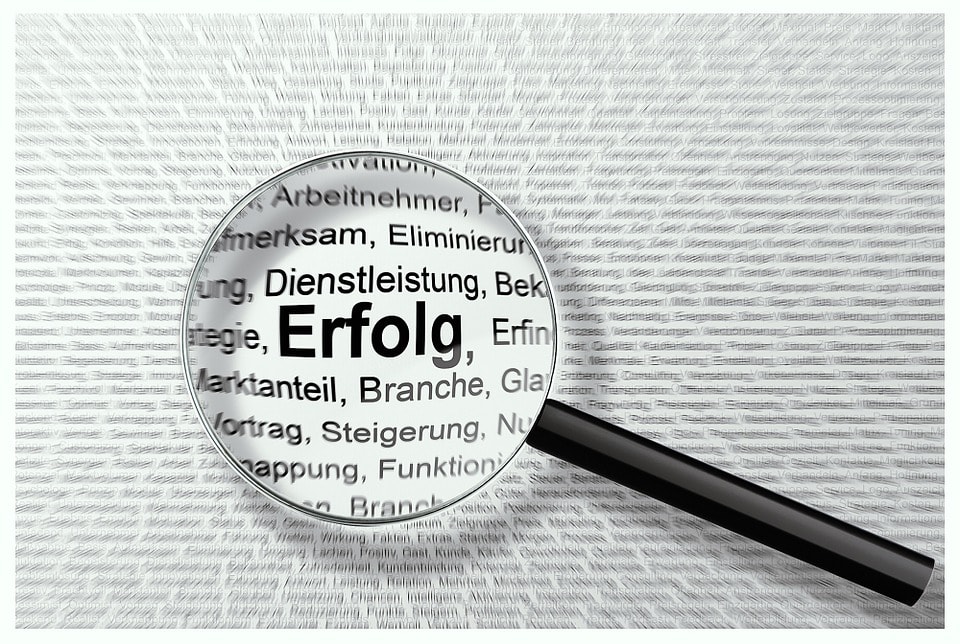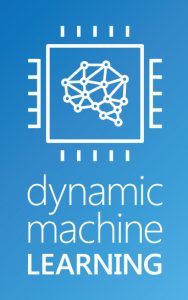Localization Software Must-Haves for Every L10N Manager
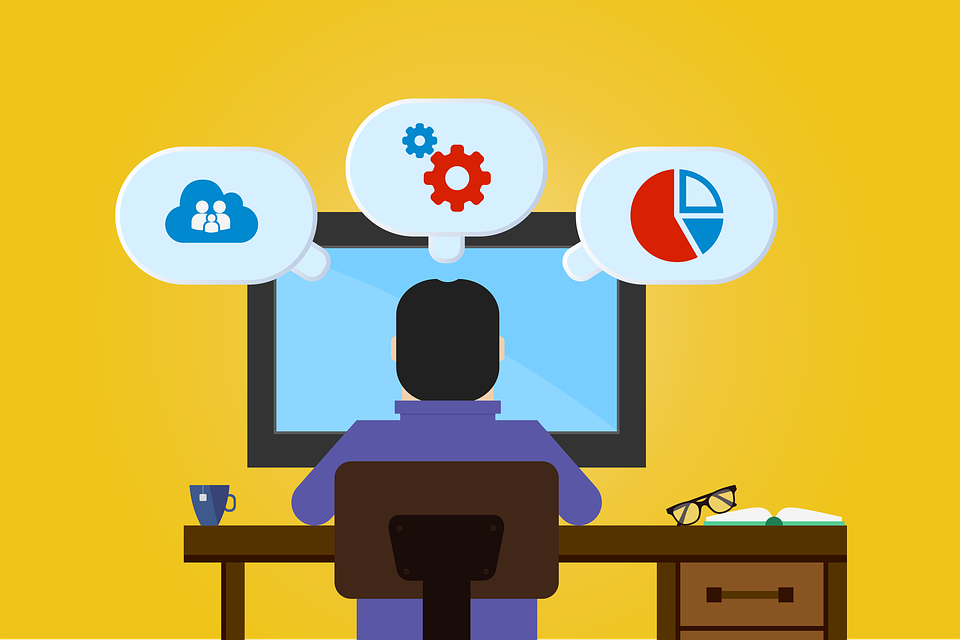
Localization software is one of the most valuable day-to-day tools you can use as a localization manager. After all, there are many moving parts involved with localizing your product for the enjoyment of your customers throughout the world.
The best way to move toward a purchase decision on a specific localization software system is to first know what the most important components are for localization management. The following application capabilities have been proven to be the most important for enhancing team productivity and saving a significant amount of money for companies with L10N needs.
When you’re done learning about these, we recommend a localization application at the end of this post that includes everything we mention below, plus more.
What to Look for in Localization Software for L10N Management
Advanced Collaboration Tools; More than Just Email
The first capability to look for in localization software is advanced collaboration. It’s likely that as an L10N manager, you collaborate with translators and other team members to produce translations. And communicating solely via email is slow and can be ineffective.
People go to great lengths to keep their inbox and messages organized. When working with tight deadlines and publishing deadlines, managers can’t waste time communicating via email. It doesn’t take long for email communication to become disorganized and counter-productive, especially when it involves file collaboration. Few organizations are using Skype or Slack to communicate on translation questions.
The best localization software comes with Slack-like instant messaging functionality. Helping L10N managers to communicate in real time with translators and team members while keeping their inbox clean.
Translation and Quality Assurance Tools
Any top-notch localization software application is going to empower you to produce translations any way you want and allow you to control the quality of your translations whether you choose machine translation or human translation, work with internal resources or external suppliers.
First off, it should not only allow you to translate files and gist copy-and-paste translations, but it should also allow you to improve the quality of your file translations with a built-in translation editor that separates a file into text segments and places them side-by-side in both the source language and target language for editing and review.
This makes it possible to edit your file text by segment.
Your app should also include Dynamic Machine learning. This technology will ensure that your improvements are automatically stored in Translation Memory for future use. What’s more, Dynamic Machine Learning will automatically find and replace repetitions within a file or batch of files.
This applies to the current document(s) you’re editing, as well as future ones you upload. Dynamic Machine Learning will also help you train your machine translation engines to produce better quality first-draft translations.
Additionally, your software should facilitate terminology management. This means you would be able to upload a glossary of terms and their approved translations so that everyone will produce translations adhering to any terminology guidelines set forth by your company.
And if your time is important to your organization, you should opt for a localization software system that comes with automatic file formatting. This means you can upload files and retain most of the original fonts, font style, graphics and layouts so that each document requires as little file formatting as possible and remains publishable.
Some translation solutions will almost completely erase the amount of time you spend formatting your translations.
Last but not least, don’t forget about spellcheck. More specifically, Dynamic Spellcheck. Not only will this find typos for you, but it will also automatically find and replace all repetitions of an error across a file (or batch of files) when you correct just one instance of it.
All of the technology we just explained is integral to quality assurance, consistency, cutting costs and cutting back on working hours.
Strong Project Management Capabilities
Localization software isn’t going to be any use to you as an L10N manager if it doesn’t help make project management more efficient or easier.
After all, if it doesn’t facilitate the following, how can you keep everyone focused and collaborating?
Specific capabilities to look for include:
- Running log of edits with timestamps & user names
- User roles
- Permissions control
- Restrict Translation Memory access by group
- Invite translation professionals into the platform from within the user interface
- Contextual instant messaging by project
These capabilities will streamline team productivity and help you organize project correspondence by keeping it in one place and within the context of a translation project.
What’s more, the latest version of a translation should be accessible to those invited to work on that project. This keeps everyone on the same page and is meant to break the counter-productive habit of emailing translation file attachments back and forth outside of the interface.
You should be able to just write your message and tag your colleague to invite them to collaborate on what’s in front of you, in real time. Get your questions answered in seconds instead of hours or days. If you need to chat it out, a messenger makes it quick and simple.
For easy reference, you should be able to access a running dialogue for every file collaborated on.
API Access to the Localization Software Capabilities Listed Above
If you adopt a localization platform that doesn’t have a powerful API, you’re out of luck. An API (Application Programming Interface) will seamlessly integrate your localization solution with the various software systems in use across your organization to help you improve linguistic quality for content that exists in multiple areas.
Unfortunately, a lot of translation tools on the market only deliver raw translations and provide no features that help you improve the quality of your translations or provide quality assurance features.
The best localization software you can find will have a robust API that allows you to improve the quality of translations and deliver updates in real time.
Short (or Zero) Learning Curve Involved
As an L10N manager, you don’t have time to train your entire team on complex localization software.
Sure, it’s important to communicate the benefits and be a champion of successful user behavior. However, the best localization application will be intuitive, yet powerful––with almost no learning curve.
You never want to sacrifice intelligence, functionality and security when it comes to a localization management app, but the user interface should always make your team more productive, not distracted. In other words, no multiple clicks required to perform one function, buttons that aren’t intuitive or toolbars you need to learn. Look for an application with an easy-to-use user interface and reduce onboarding complexity.
Web-Based Access Across Multiple Devices
Do you want to pay a hefty licensing fee each time someone joins your team because they need localization software on their computer?
When it comes down to choosing a program, make sure it’s a web-based application. This means your entire team will be able to access it on a browser at anytime, from anywhere in the world. What’s more, web-based access makes your translations accessible in the cloud from any device and allows your team to use all the same functionality they have when using the application on a desktop computer.
Whether someone is on their tablet, smartphone or desktop computer, they should be able to access and edit translations. There should be no download or installation involved, and no waiting for updates to take effect. You should be able to get your entire team started on the software within minutes.
Compliance, Security & Confidentiality
Does your organization (or your clients) need to adhere to strict data compliance laws due to the industry in which it operates? You should look for localization software that meets specific mandates such as GDPR (EU General Data Protection Regulation) or HIPAA (Health Insurance Portability and Accountability Act).
Along with this, you should opt for software that includes strong security measures to reduce your risk of a data breach. Look for multifactor authentication, encrypted file storage, SSL certification and PCI-compliant payment processing. You want software that has passed a third-party security audit.
What’s more, your data and personal information should never be shared with third parties, nor should it be indexed or stored for anyone’s use but your company’s. This security layer is called “No Return”. Look for a “no return” policy to be included with your software solution.
Live Human Support
Top-notch localization software will include live human support. After all, your new investment should save you time in all respects. Test out their live chat feature and see how long it takes for someone to get on a chat with you.
Don’t purchase software from a company that won’t give you the chance to speak to a human. Sure, robots might save them time on providing customer support––but in turn, they will waste yours.
Recommended Localization Management Software System
If you want the best localization software with all the capabilities and qualities listed above, use Pairaphrase.
Pairaphrase is a web-based translation management system for enterprise companies who want to translate smarter, faster and safer.

Schedule a live demo or request a free trial.
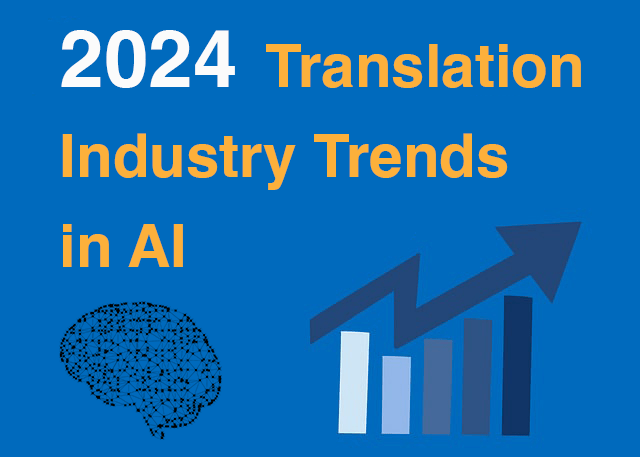
10 AI Translation Industry Trends in 2024
Explore 2024 translation industry trends! Learn about 10 AI translation industry trends 2024 will bring, according to our predictions.
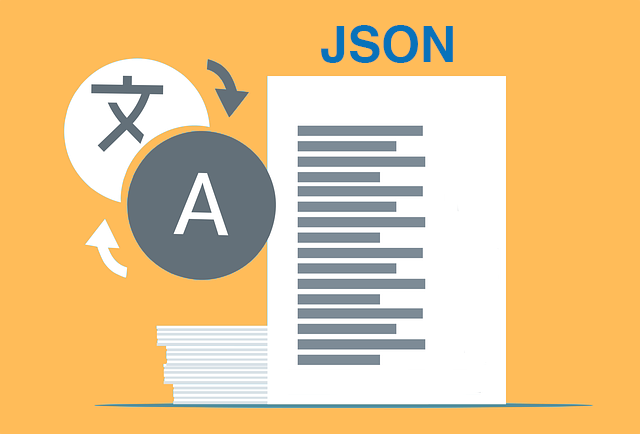
How to Translate JSON Files Online Effectively [2024]
Want to translate JSON files? Learn why Pairaphrase is the best way to auto-translate JSON files online.
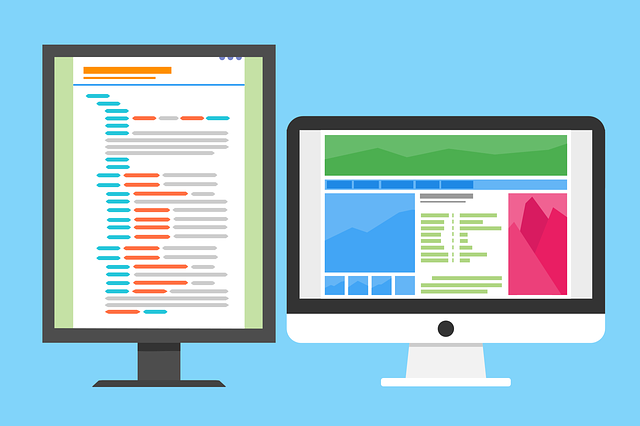
How to Translate HTML Files to Another Language [2024]
Want to translate HTML files to another language? Learn why Pairaphrase is the best way to translate HTML files.
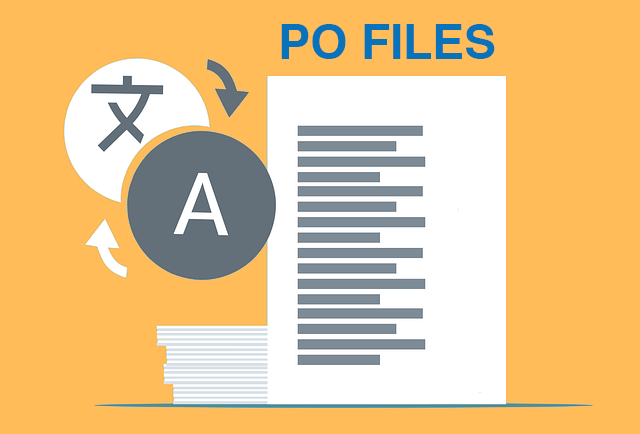
How to Translate PO Files Online [2024]
Need to translate PO files online? Learn why Pairaphrase is the best way to translate PO files.

Best AI Translation Software for Enterprises [2024]
Need the best AI translation software for enterprise use? Learn the top 10 reasons your organization should use Pairaphrase.

OpenAI Language Translation: Pros & Cons for Enterprises
Exploring OpenAI language translation capabilities? In this article, discover the pros & cons of OpenAI translation for enterprise use.

File Translation 101: Your Guide to the Basics
Learn all about file translation in this 2023 guide to gain an understanding of the different kinds of file translation services & formats.

Best Way to Translate Elucidat Course Content
Learn how Pairaphrase makes Elucidat course translation reusable, secure, fast and easy.

5 Tips for eLearning Localization in 2024
Need to localize eLearning content? Familiarize yourself with these 5 eLearning localization tips for effective multilingual training.

How to Translate a Text File Online [2024]
Want to translate a text file? Learn why Pairaphrase is the best way to translate a text file for your organization.

Best DocTranslator Alternative (2024)
Want a secure enterprise alternative to DocTranslator? Learn why Pairaphrase is the best DocTranslator alternative for enterprises here »

Top 8 Translation Industry Trends (2023 Outlook)
Explore 2023 translation industry trends! Learn about 8 translation industry trends 2023 will bring, according to our predictions »
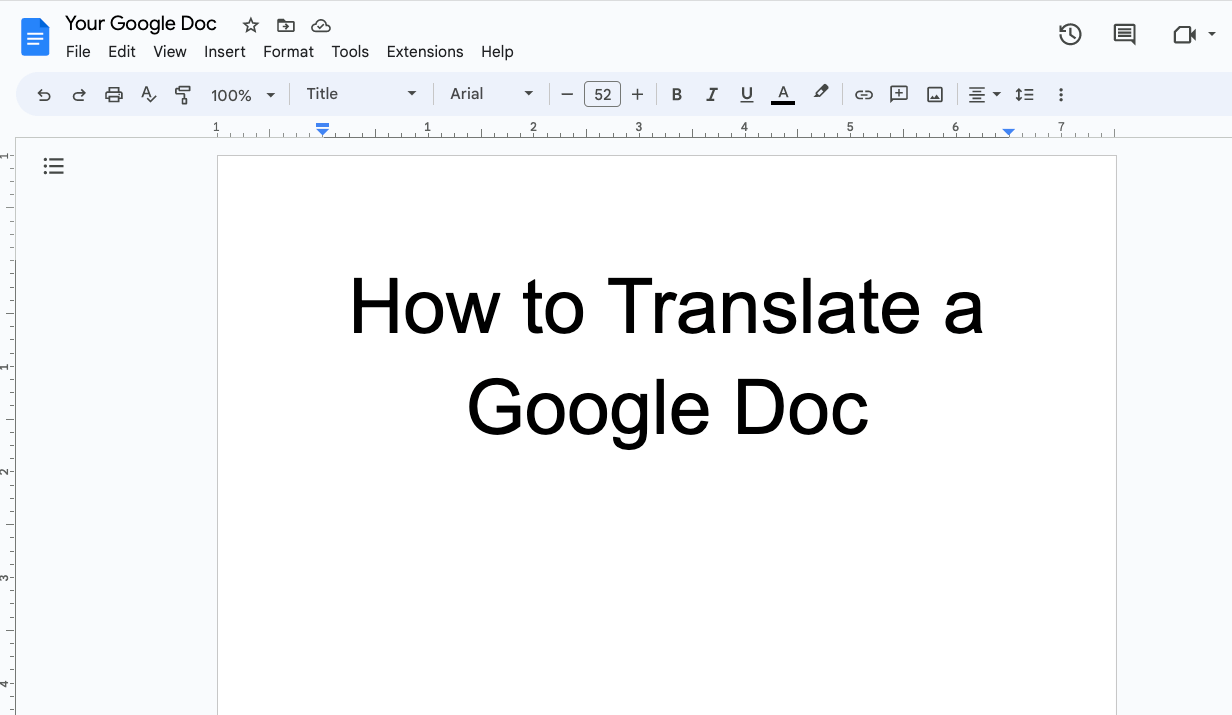
How to Translate a Google Doc Most Efficiently [2024]
Want to translate Google Doc text? Learn why you should use Pairaphrase as your Google Docs translator.

Best English to Polish Document Translation Software [2024]
Looking for English to Polish translation software, but not sure what features you need? Access this buying guide.
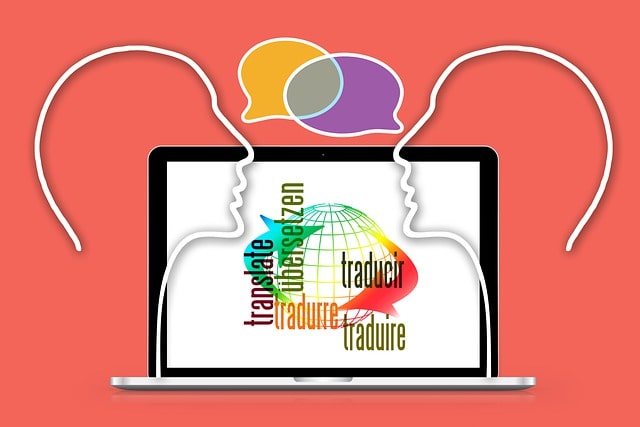
Translation Services 101: Your Guide to the Basics
Need translation services? First, learn the basics! This way, you can make an informed decision. Explore this guide to translation services.

Best Redokun Alternative for Enterprises (2024)
Want a secure enterprise alternative to Redokun? Learn why Pairaphrase is the best Redokun alternative for enterprises here »
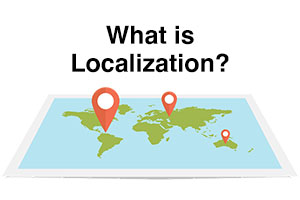
Localization 101: Your Guide to the Basics
Curious about localization? Learn about localization vs translation, what it is, how it works, benefits & more in this guide to the basics!

Best Memsource Alternative for Enterprises (2024)
Want a secure enterprise alternative to Memsource? Learn why Pairaphrase is the best Memsource alternative for enterprises here »

How to Translate Entire Google Sheets (All Cells) [2024]
Want to translate entire Google Sheets? Learn why you should use Pairaphrase as your Google Sheets translator.
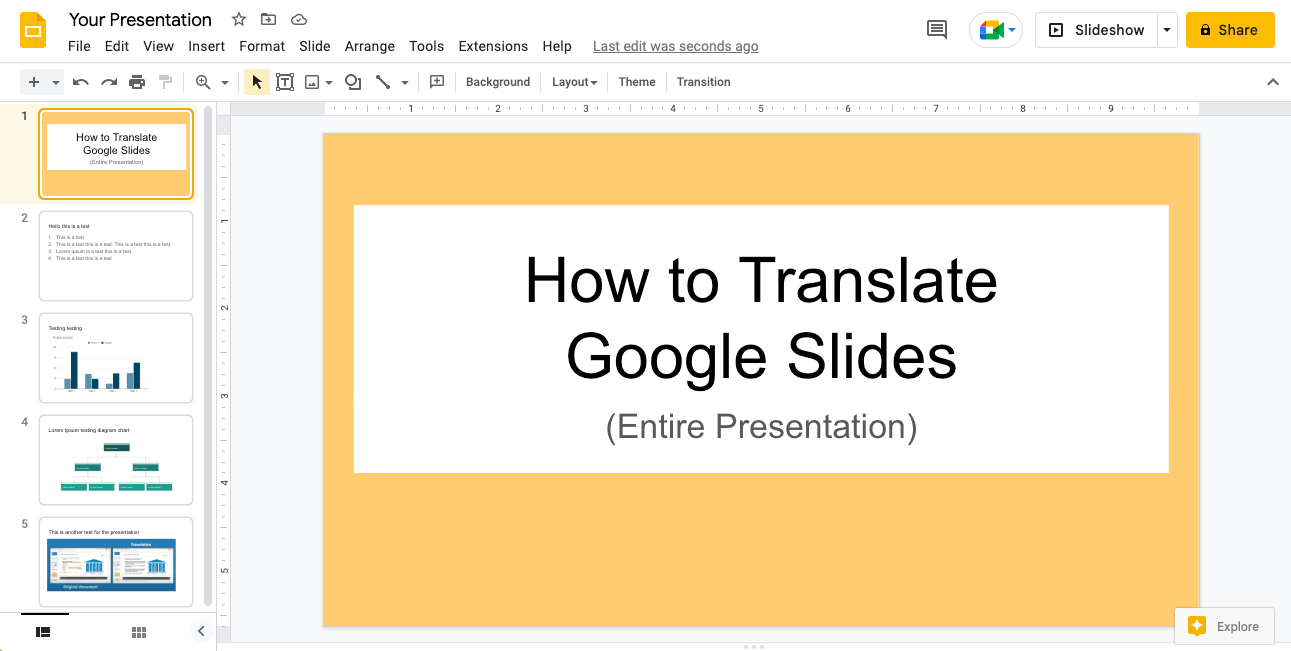
How to Translate Entire Google Slides Presentation [2024]
Want to translate Google Slides presentation text, notes & charts? Learn why you should use Pairaphrase as your Google Slides translator.
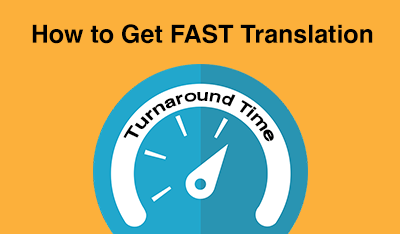
Fast Turnaround Translation: How to Get it
While fast translation turnaround and linguistic quality is a delicate balance, this post will tell you how to best use Pairaphrase to get fast translations.
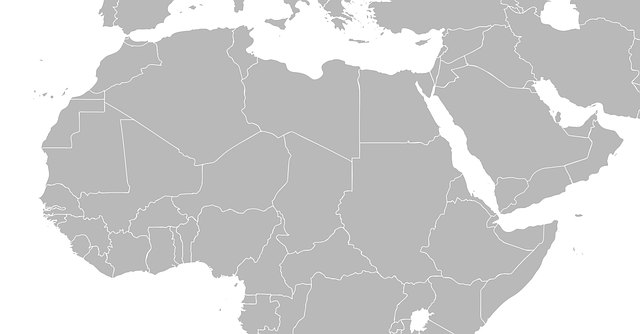
Best English to Arabic Document Translation Software (2024)
Looking for English to Arabic translation software, but not sure what features you need? Access this buying guide.
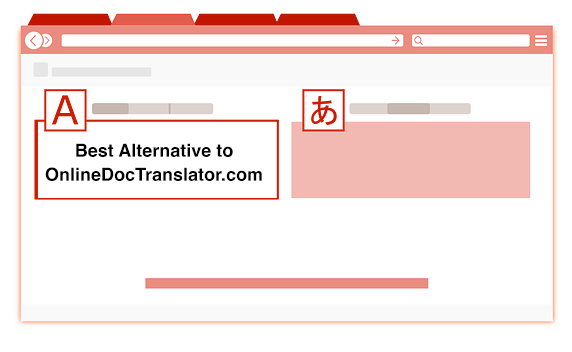
Best OnlineDocTranslator.com Alternative (2024)
Considering an alternative to OnlineDocTranslator.com? Explore why Pairaphrase is the best OnlineDocTranslator.com alternative for enterprises.
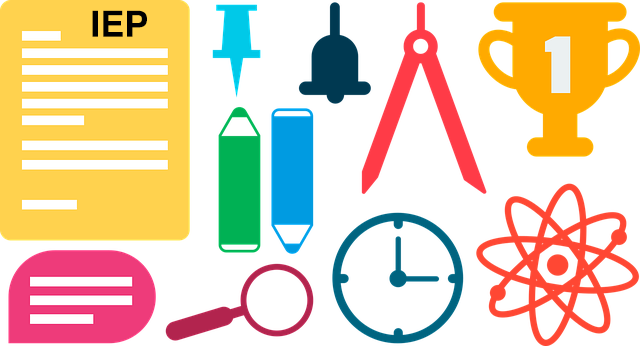
How to Translate an IEP Document [2024]
Need to translate an IEP document? Learn how to translate IEP documents in the most efficient and secure way possible.
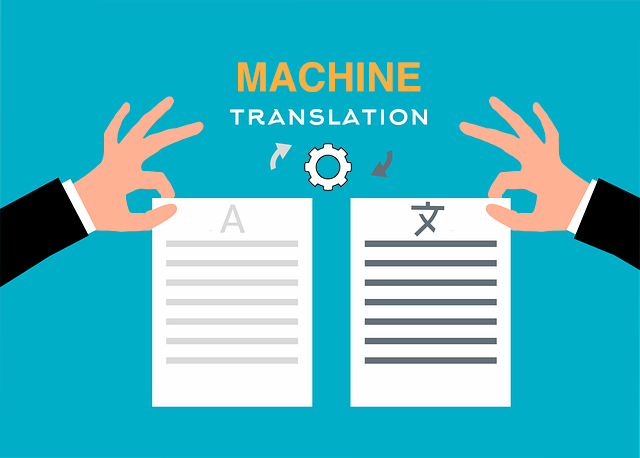
Machine Translation (MT): Your Guide to the Basics [2024]
Curious about Machine Translation (MT)? Learn about machine translation, how it works, benefits of machine translation & more.
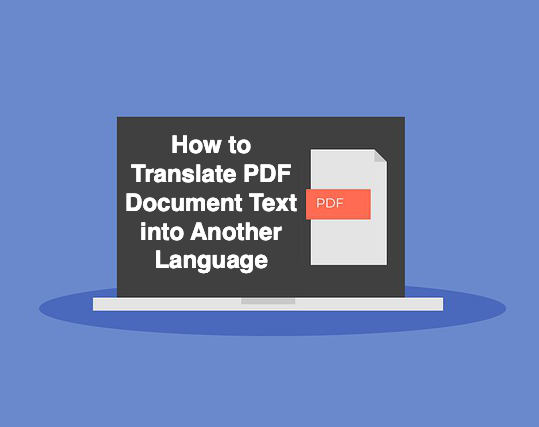
How to Translate PDF Document Text to Another Language (2024)
Learn common issues involved with translating PDF documents and discover why Pairaphrase is the best PDF document translator.
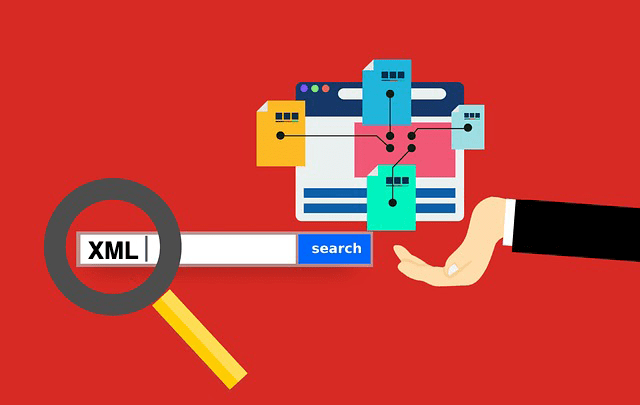
How to Translate XML Files Online (2024)
Need to translate XML files online? Learn about the best features to use when translating XML files.

Best English to Italian Document Translation Software (2024)
Want the best English to Italian document translation software for business? Read about the 10 best English-Italian translator app features.

Terminology Management in Translation: Essential Guide [2024]
Learn all about terminology management in this comprehensive guide.

Smartling Alternative for Enterprises in 2024
Want a Smartling alternative? Explore 10 possible reasons you need one, and why Pairaphrase might be your best alternative.
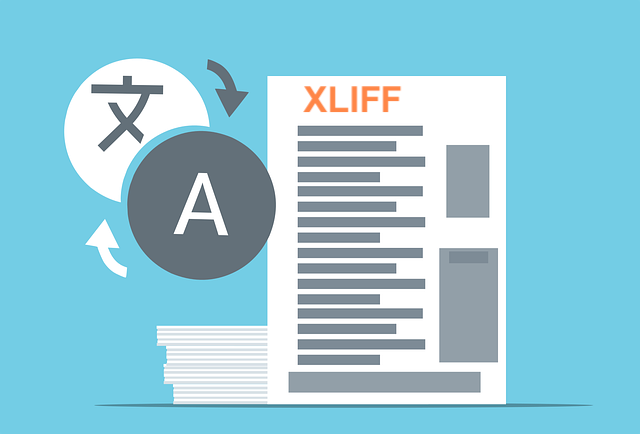
How to Translate XLIFF Files Online Successfully (2024)
Need to translate XLIFF files online? Learn why Pairaphrase is the best way to translate an XLIFF file.

Best Japanese to English Document Translation Software (2024)
Looking for Japanese to English translation software, but not sure what features you need? Access this buying guide.
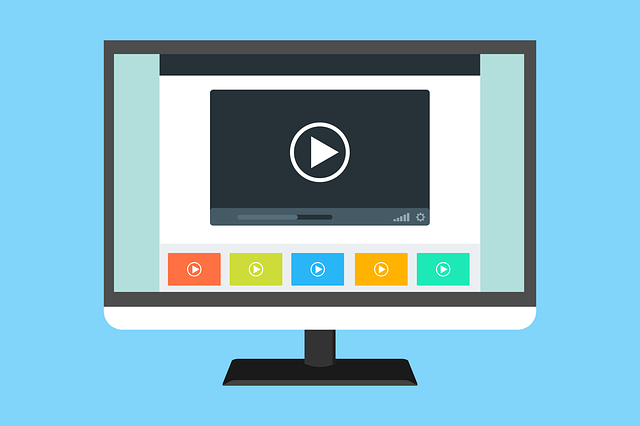
How to Translate SRT Files Effectively [2024]
Learn how to translate SRT files in 2022! Explore the reasons Pairaphrase is the best way to translate an SRT file effectively.

Best English to Japanese Document Translation Software (2024)
Looking for English to Japanese translation software, but not sure what features you need? Access this buying guide.

Brochure Translation Software Features to Look for
Need brochure translation? Look for these 10 top brochure translator features (before you buy).

Best Way to Translate Articulate Course Files
Need to translate Articulate course files? Learn why Pairaphrase is the best way to translate Articulate files (XLIFF 2.0).

Best Way to Translate Multiple Files Simultaneously Online
Need to translate multiple files simultaneously online? Learn why Pairaphrase is best for batch translation.
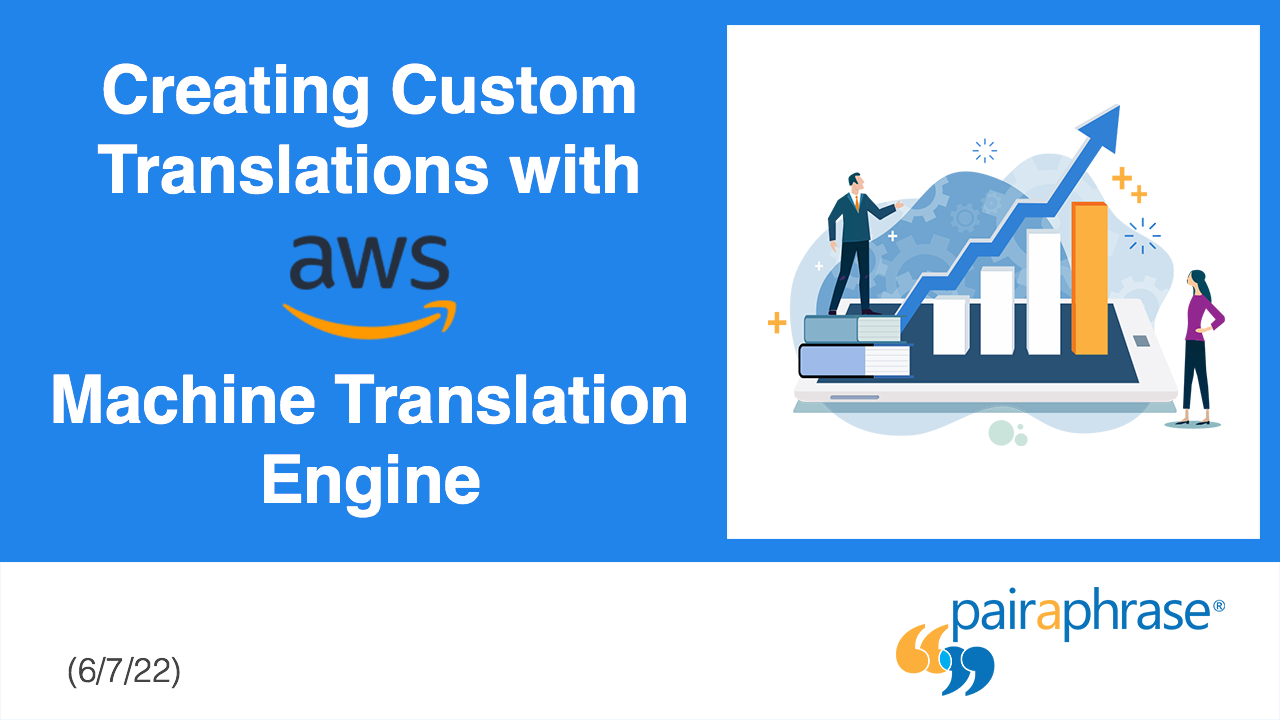
Using Pairaphrase Translation Software with Amazon Translate
Curious about translating with Amazon Translate (AWS)? Learn about using Amazon’s machine translation engine with Pairaphrase.

Best English to Hindi Document Translation Software (2024)
Looking for English to Hindi translation software, but not sure what features you need? Access this buying guide.

How to Translate Large Files with Ease [2024]
Need to translate large files? Learn about the best tools to use when translating large PDF’s, documents & more (10MB+).

Catalog Translation Software Features to Look for
Need catalog translation? Look for these 10 top catalog translator features (before you buy).

Best English to Vietnamese Document Translation Software (2024)
Looking for English to Vietnamese translation software, but not sure what features you need? Access this buying guide.

How to Create Effective Termbase Glossaries for Machine Translation
Need to create a termbase glossary? Get our top 5 tips for creating effective termbase glossaries for machine translation.

Best English to Korean Document Translation Software (2024)
Looking for English to Korean translation software, but not sure what features you need? Access this buying guide.

Best DeepL Alternative for Enterprise Teams (2024)
Explore various DeepL drawbacks and user-specific needs you might identify with. This way, you can conclude whether alternatives to DeepL could fill these gaps.

Most Accurate Translator: How to Get it
While a 100% accurate translator does not yet exist, this post will tell you how to get the most accurate translator tailored to your company’s words and phrases.
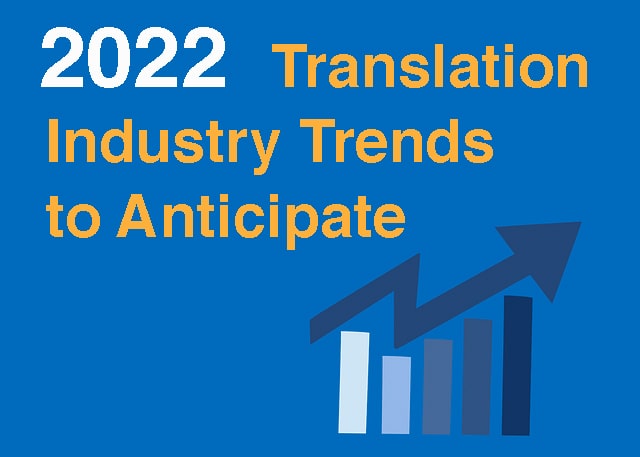
Top 10 Translation Industry Trends in 2022
Explore 2022 translation industry trends! Learn about 10 translation industry trends 2022 will bring, according to our predictions »
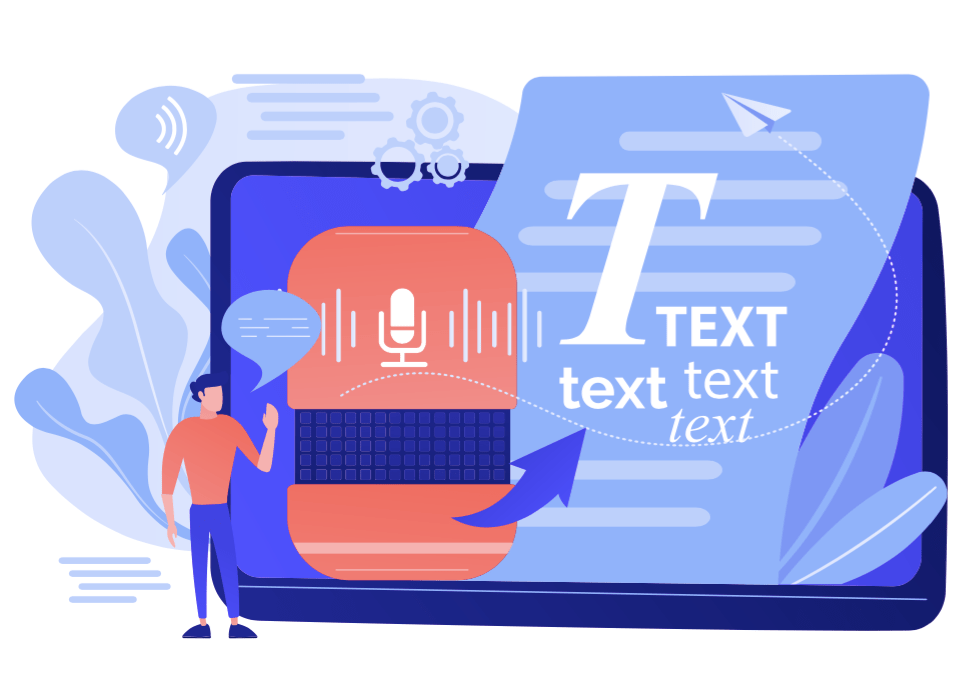
Secure Transcription Software That Translates Languages
Need secure transcription software that translates languages? Learn what features to look for and how Pairaphrase will benefit you.

Best English to Portuguese Document Translation Software (2024)
Looking for English to Portuguese translation software, but not sure what features you need? Access this buying guide.
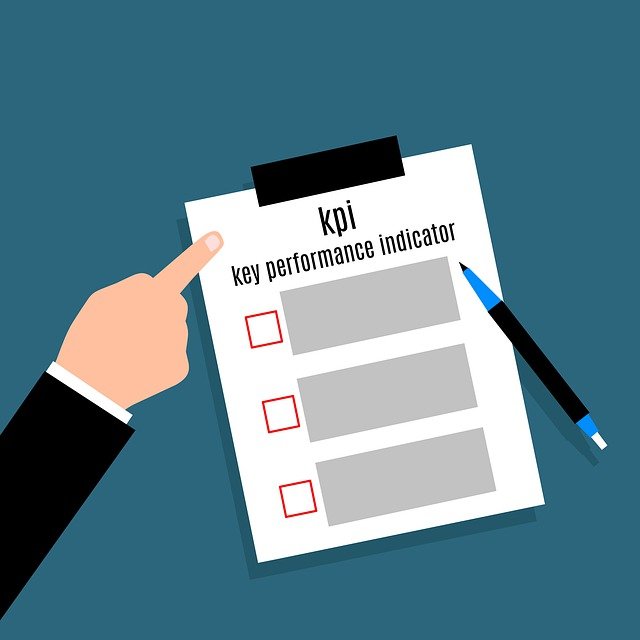
Translation KPIs for Translation Management Success
Establishing translation KPIs (Key Performance Indicators)? Here are the 5 Most Important KPIs for translation management success.

